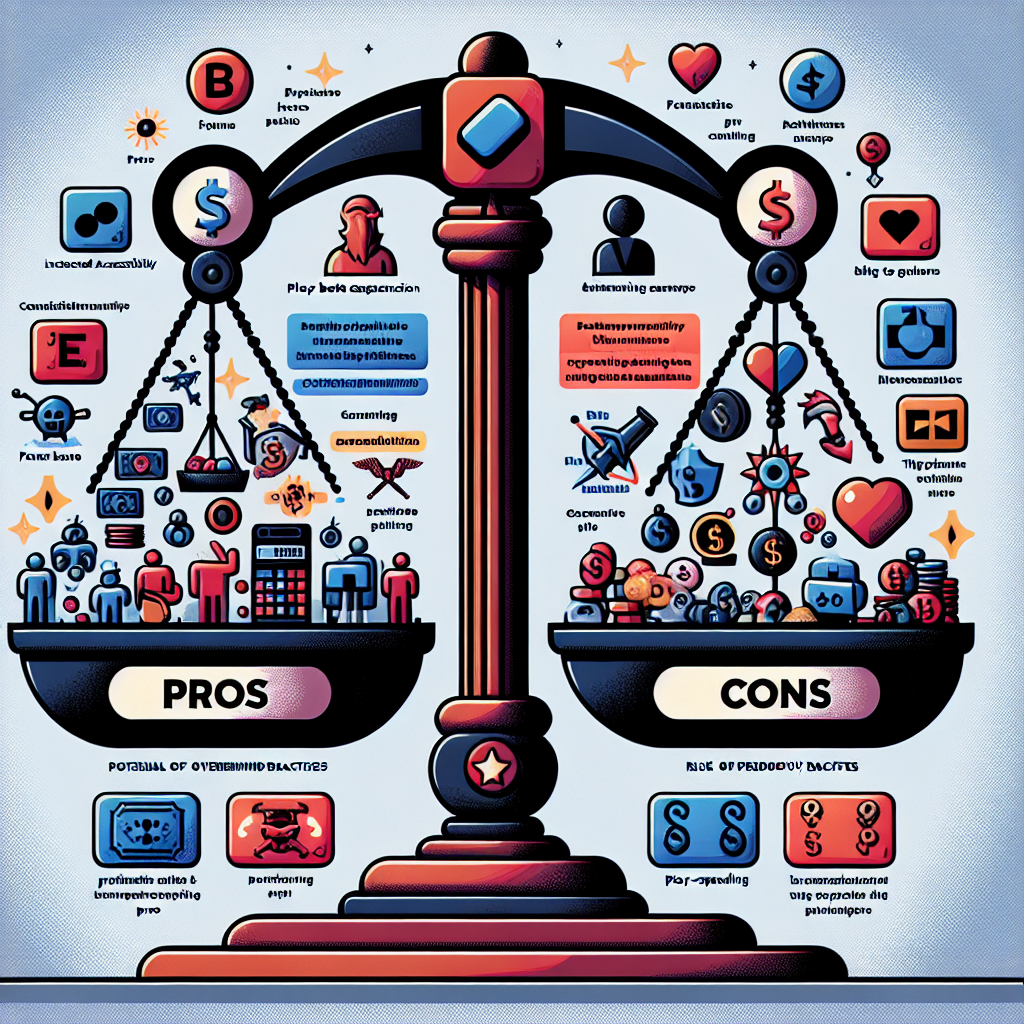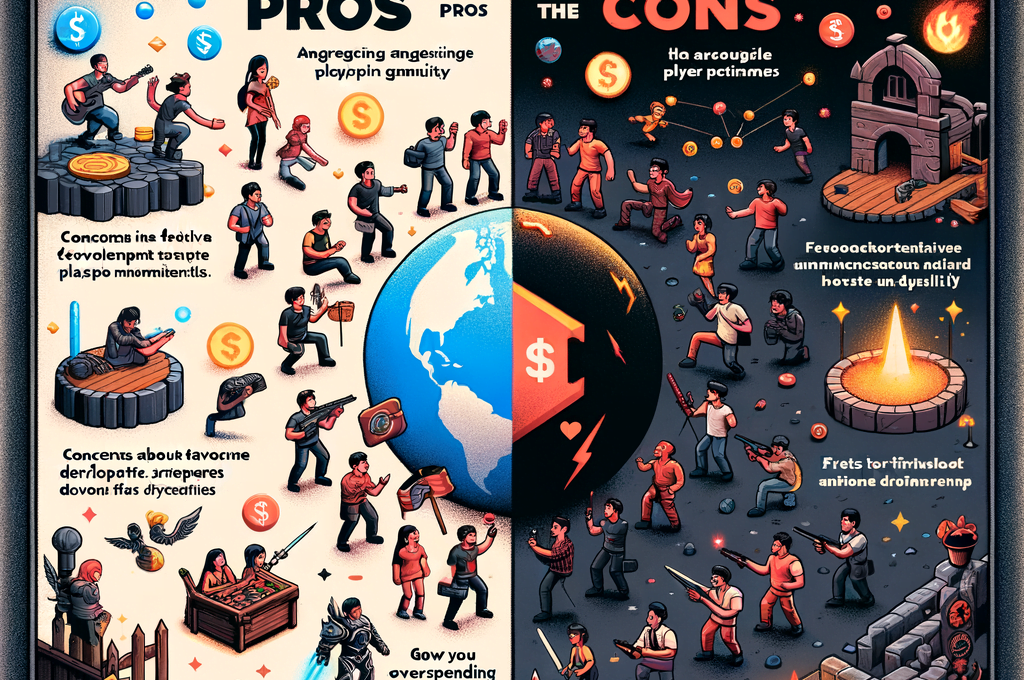“`html
The Impact of Freemium Models: Examining the Pros and Cons of Free-to-Play Games

The gaming industry has undergone a significant transformation over the past decade, largely due to the rise of the freemium model. Free-to-play games, which offer basic access at no cost while charging for premium features, have become a dominant force in the market. This article delves into the impact of freemium models, examining both the advantages and disadvantages of free-to-play games.
Understanding the Freemium Model
The freemium model is a business strategy where a product or service is provided free of charge, but money is charged for additional features, services, or virtual goods. In the context of gaming, this means players can download and play the game for free but may need to make in-game purchases to enhance their experience.
Pros of Free-to-Play Games
Accessibility and Reach
One of the most significant advantages of free-to-play games is their accessibility. By removing the initial cost barrier, these games attract a broader audience. This inclusivity allows developers to reach millions of players worldwide, increasing the game’s popularity and potential revenue.
Revenue Generation
Despite being free to download, free-to-play games can be highly profitable. Developers monetize these games through in-app purchases, advertisements, and premium subscriptions. For instance, “Fortnite” generated over $2.4 billion in 2018 through in-game purchases alone, demonstrating the lucrative potential of the freemium model.
Continuous Updates and Engagement
Free-to-play games often receive regular updates and new content to keep players engaged. This continuous development cycle ensures that the game remains fresh and exciting, encouraging long-term player retention. Games like “League of Legends” and “Clash of Clans” have thrived by consistently introducing new features and events.
Cons of Free-to-Play Games
Pay-to-Win Concerns
One of the most common criticisms of free-to-play games is the “pay-to-win” model, where players who spend money gain significant advantages over those who do not. This can create an uneven playing field and lead to frustration among non-paying players. For example, “Star Wars: Battlefront II” faced backlash for its microtransaction system, which many felt gave paying players an unfair edge.
Addiction and Spending
The freemium model can encourage excessive spending and addictive behavior. Some players may feel compelled to make frequent purchases to keep up with others or to progress in the game. A study by the UK Gambling Commission found that 31% of children aged 11-16 had paid for in-game items, raising concerns about the potential for financial exploitation.
Quality and Depth
While many free-to-play games are well-designed, some critics argue that the focus on monetization can compromise the overall quality and depth of the game. Developers may prioritize creating purchasable content over developing a rich and immersive gaming experience. This can result in games that feel shallow or incomplete.
Case Studies
Fortnite
“Fortnite” is a prime example of a successful free-to-play game. Launched in 2017 by Epic Games, it quickly became a global phenomenon. The game’s revenue model relies heavily on in-game purchases, such as skins and battle passes. Despite being free to play, “Fortnite” generated $1.8 billion in 2019, showcasing the financial viability of the freemium model.
League of Legends
Another notable example is “League of Legends,” developed by Riot Games. Released in 2009, it has maintained a massive player base through regular updates and a robust competitive scene. The game offers cosmetic items and champions for purchase, allowing players to customize their experience. “League of Legends” reportedly earned $1.75 billion in 2020, highlighting the long-term success of free-to-play games.
Conclusion
The freemium model has undeniably reshaped the gaming industry, offering both opportunities and challenges. On the one hand, free-to-play games have democratized access to gaming, allowing millions to enjoy high-quality experiences without upfront costs. On the other hand, concerns about pay-to-win mechanics, addiction, and game quality persist. As the industry continues to evolve, striking a balance between monetization and player satisfaction will be crucial for the sustained success of free-to-play games.
Question and Answer Section
Q: What is the freemium model?
A: The freemium model is a business strategy where a product or service is provided free of charge, but money is charged for additional features, services, or virtual goods.
Q: What are some advantages of free-to-play games?
A: Advantages include increased accessibility and reach, potential for high revenue generation, and continuous updates that keep players engaged.
Q: What are some disadvantages of free-to-play games?
A: Disadvantages include concerns about pay-to-win mechanics, potential for addictive behavior and excessive spending, and possible compromises in game quality and depth.
Q: Can you provide examples of successful free-to-play games?
A: Examples include “Fortnite,” which generated $1.8 billion in 2019, and “League of Legends,” which earned $1.75 billion in 2020.
“`

